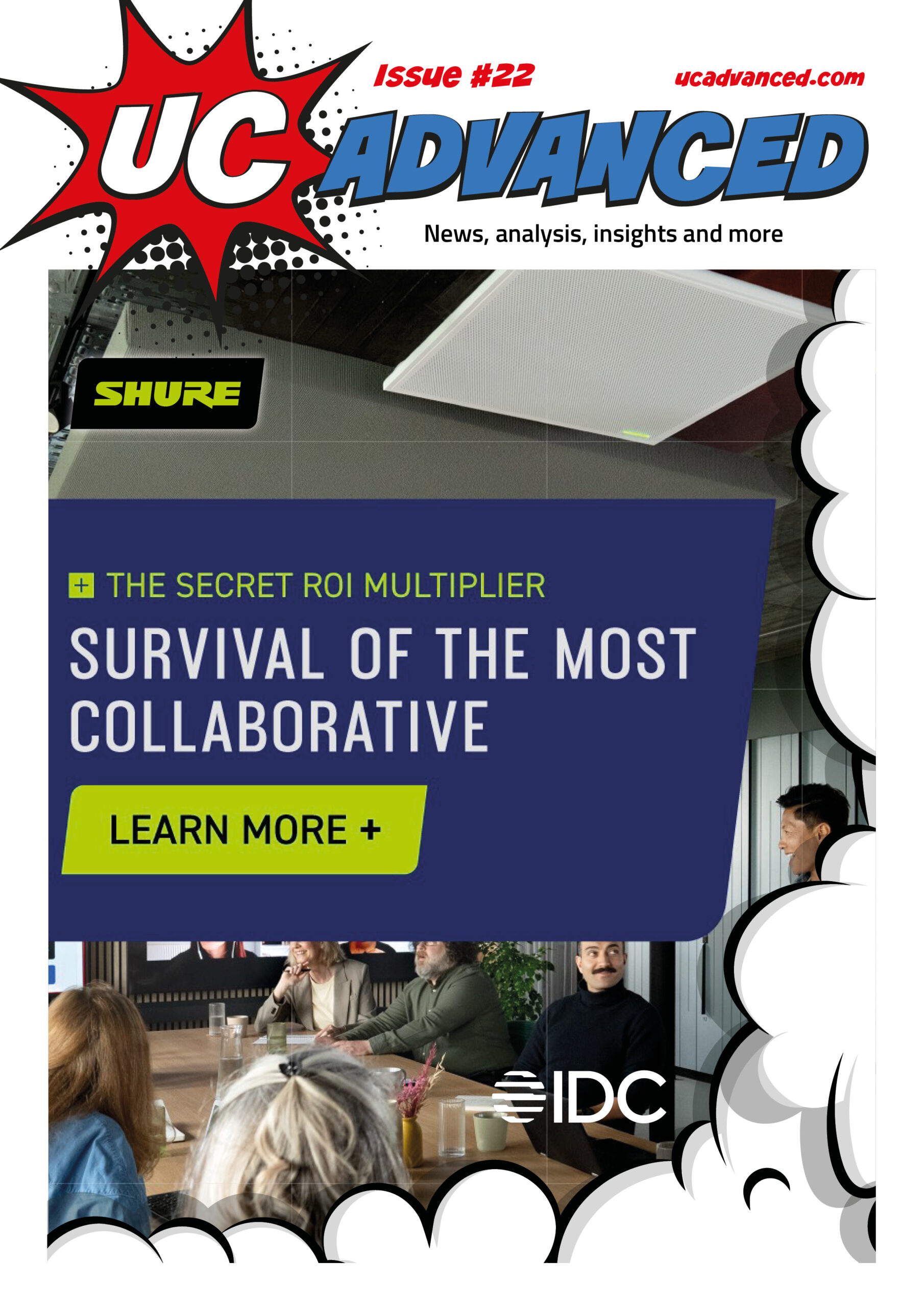With two years out, how is the rest of the industry preparing for the end of PSTN?
Partner events are usually a great way to take the temperature of the channel and see what the focus will be over the next 12 months. This year’s Nimans 2025 & Beyond event was no different, where the PSTN Switch-off was at the front of everyone’s mind.
Those of you in the know will know that PSTN licences are now officially unavailable ahead of the complete switch-off in 2025.
Despite this, many businesses are not ready for the great switch-off. In fact, according to findings from the ‘Switch Off Hesitancy’ survey commissioned by Spitfire Network Services in May, nearly half (43%) of UK SMBs are yet to begin making the switch to all-IP ahead of the 2025 analogue and ISDN Switch Off deadline.
According to Stephen Warburton Managing Director, Consumer & Partner, Zen described progress so far as “slow” but added that there have been some extenuating circumstances that have affected the rollout.
“I think it’s fair to say it’s been a pretty slow start. There has been lots of talk but not quite enough traction; but for good reason. In that time we have been dealing with COVID, changing economic conditions, and there’s always an element of ‘we’ve got bigger fish to fry’ because it’s one or two years away.
“We are seeing transitions start to accelerate in the last couple of years, but we still have a long way to go. There are 17 million WLR Networks across both consumer and business customers still to move, and we’ve got 15 million broadband lines left to migrate.
“To give you some context, if you take the last quarterly trajectory [BT PLC Q4 FY23], and continue the current trend forward, we get to December 2027. As it stands, we overshoot by two years, so there’s clearly more work to do, to kind of get on the right trajectory to get those dates.”
Perspective
Overshooting a brief by two years may sound like a catastrophe, and the potential effects of businesses not being prepared will end in a lot of disruption.
Yet, Nick Birtwistle, CEO, Booms Coms said that the UK market is full of opportunity at the moment.
“Looking at the UK market, it’s fair to say we are on the cusp of a massive opportunity that has been presented, by and large, by two things. We, as a business and as an industry, have been talking about the great ISTN switch-off for many years but it is here now.
“The other aspect, of course, is the world has changed. With hybrid working, people now need remote connectivity, they need a flexible solution. Therefore they need a solution that delivers on the unified communications promise, starts to aggregate together and delivers on the features that customers need, which is support for wider software and wider applications. So there’s a real real opportunity ahead of everyone in the UK.”
Although this is an opportunity for connectivity providers, Birtwistle said that there is a danger that there will be a “mad panic rush” when the lines get cut at the end of 2025, drawing parallels to the digital switchover for television.
“This switch is here and now but it feels a little bit like the switch from analogue to digital television, where it was talked about for years and years but at the end of it there was a mad panic rush.
“We’re at that cusp now, where we’ve been talking about this for donkey’s years frankly, but the stop sell [has] happened in September, and there’s something like 6 million businesses in the UK that have got to move on.
“That presents something in the region of about 14 million users that we expect will need to find a home in this space from now until the switch is flipped in December 2025. That is a huge opportunity.”
Bringing people over
With over six million businesses yet to switch, resellers may well be rubbing their hand together.
But how do you broach the subject? An opportunity is only so if it is realised after all. Luckily, Warburton has a three-step program to get the worms to turn!
“In my view, the first step is to understand the data. Ask what your customer base looks like, what services you provide to those customers, and then map across what services they are going to go to when they move, and the implications of those moves.
“I certainly encourage resellers to think about FTTP availability. I’ve seen a couple of situations where a company has moved circuits over to SOGEA, only to find them looking at FTTP. That means a double migration, more disruption, and more cost for the customer. So if resellers can jump straight to FTTP, I’d highly recommend it to save some costs and save some disruption.
“I think the second step is around how you go about moving customers. Try to voluntarily move them at first, every month we are going to our customers saying you can get FTTP here, and we’ve seen about 500 customers a month voluntarily upgrading to FTTP themselves through regular communications and record follow-up from sales teams.”
Pressing the Issue
While the immediacy of the issue is known to businesses within the communications industry, convincing businesses to invest in a problem that is over two years away may be tricky.
You only have to look at the exhausting way cyber security is viewed outside large businesses to see that, unless there is an immediate payoff, the budget for such expenditures is hard to get.
Warburton went on to say that a managed migration plan may help those reluctant businesses adding that taking into consideration the technology a business already has can make switching more appealing.
“The second route resellers can take, which we have started to instigate this year, is managed migrations,” said Warburton. “We’ve started with those customers where we don’t need to change the CPE, it’s quite straightforward, it’s just simply transfer.
“We’ve been doing upwards of 3,000 a week, and we see very little issues. We may come in the next day with a handful of circuits with a couple of issues, but generally speaking, those migrations go smoothly.”










